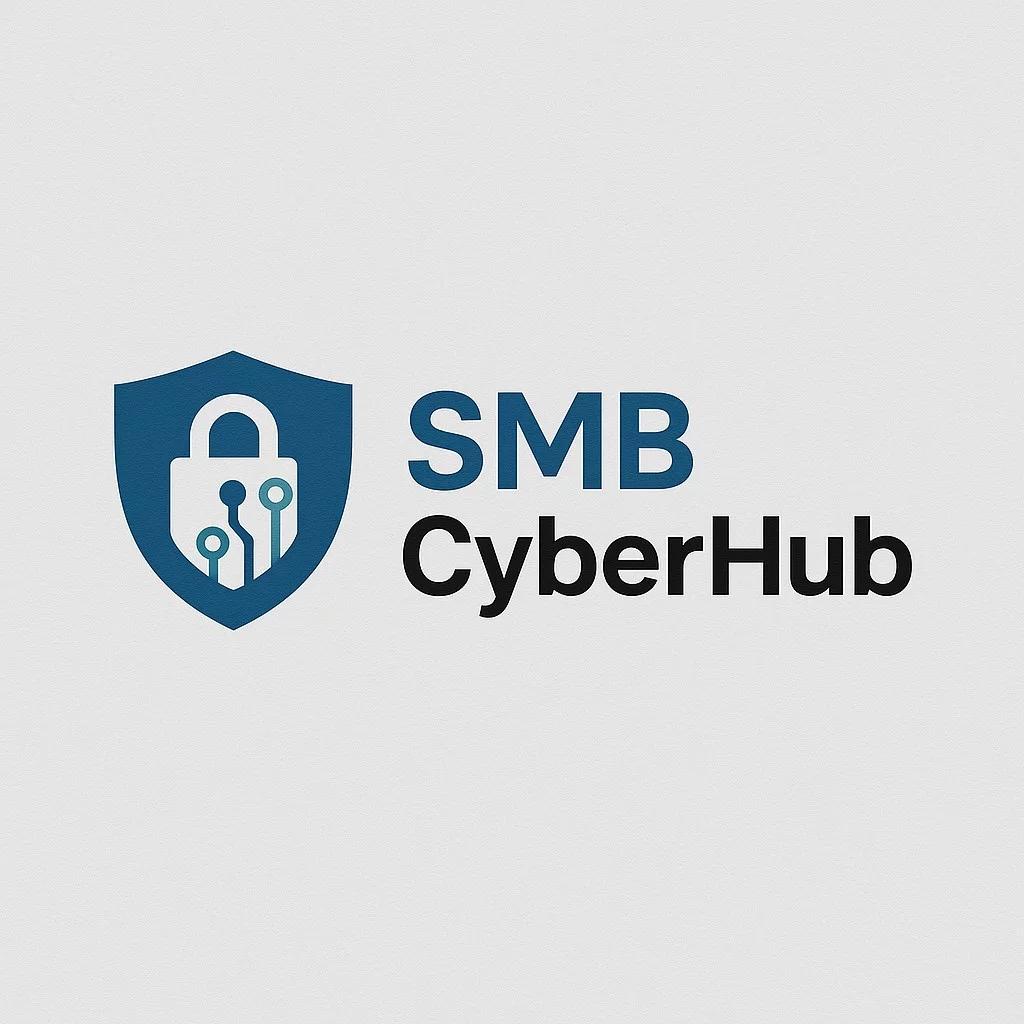Stop Silent Leaks: Check Email Forwarding Rules in 10 Minutes
02 Oct 2025
Email auto-forwarding is a favourite trick in invoice fraud and account takeovers. One sneaky rule can copy quotes, invoices, and client emails to an attacker for weeks—without anyone noticing. Good news: a 10-minute check closes most gaps.
Bottom line: Never rely on email alone for money moves—and don’t let forwarding rules run in the dark.
✅ The 10-Minute Forwarding Safety Check
1) Block external auto-forwarding (org-wide)
- Google Workspace: Admin console → Apps → Google Workspace → Gmail → Routing/Forwarding → Disable automatic forwarding to external (allow exceptions only for a shared archive, if needed).
- Microsoft 365/Exchange: Exchange Admin Center → Mail flow → Remote domains → Disable automatic forwarding to external; or use a transport rule to block external auto-forwarding with a documented allow-list.
Tip: If your accountant or shared archive truly needs it, allow one approved destination and review it quarterly.
2) Hunt for suspicious inbox rules
Ask your IT admin (or follow your platform’s guide) to list rules that:
- Forward/redirect to addresses outside your domain
- Delete + forward or mark as read + move (classic “hide the reply” trick)
- Target finance, HR, owner/CEO, or shared mailboxes first
Remove anything unexpected and document what changed.
3) Turn on alerts for new rules
- Workspace: Enable alerting for Email forwarding enabled and Rule created/changed (Gmail logs).
- Microsoft 365: Enable Creation of forwarding/redirect rules alerts in Defender/Unified Audit Log. Send alerts to a shared security mailbox.
4) Disable legacy access you don’t use
Turn off POP/IMAP and app passwords for regular users. If someone genuinely needs them (e.g., a scanner), tie them to a dedicated, least-privilege account and review quarterly.
5) Add a simple team rule
“If a supplier changes bank details or asks you to pay a new account, call back on a known number—never rely on email only.” (This rule stops most invoice-forwarding scams from paying off.)
🚩 Red Flags (Treat as Stop Signs)
- New forwarding to free mail (e.g., outlook.com, gmail.com)
- Rules that include delete, move to archive, or mark as read
- “You have new secure messages—click to read” followed by new rules appearing
- Vendor requests for urgent payment changes (pair this with a callback)
Why this matters: In Business Email Compromise (BEC), attackers often add forwarding or hide-and-move rules to quietly watch and nudge payment threads. Simple rule hygiene removes that advantage.
External reference: https://learn.microsoft.com/en-us/defender-office-365/anti-phishing-protection-about (overview of BEC tactics & protections)
If You Suspect a Leak (Do These Now)
- Remove rules you didn’t create; screenshot first.
- Sign out everywhere, reset password, and require MFA re-registration.
- Review sent mail & audit logs for the last 30–60 days.
- For finance threads, switch to phone verification before releasing any payment.
Quick FAQs
Is internal forwarding safe?
Safer, but still review it. Forward only to shared/team mailboxes with clear owners.
We’re a tiny team—who does the checks?
Make it part of a monthly 15-minute routine: owner + bookkeeper review rules on finance, HR, and shared addresses.
🎁 Download Your Free Cyber Security Training Kit
Need ready-to-use checklists and short staff training slides?
👉 Download the Free Cyber Security Training Kit
Related post:
Read How to Spot Social Engineering in Messages and Meetings next.
